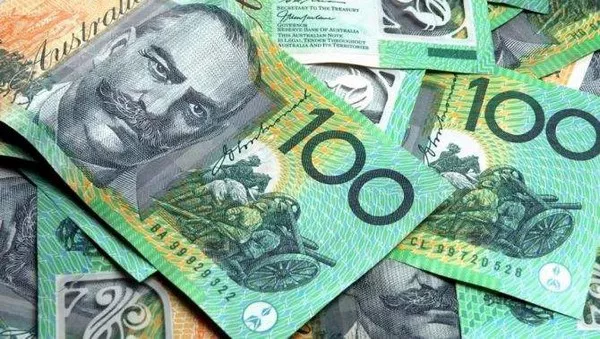What coins are in circulation in Australia? This question unveils the intriguing world of Australian currency, reflecting a nation’s economic history and cultural identity. As we delve into the intricate details of coins currently in circulation, this article aims to provide a comprehensive overview, offering insights into their design, denominations, and significance in the everyday transactions of Australians.
1. Evolution of Australian Currency:
To understand the coins in circulation today, a brief overview of the evolution of Australian currency is essential. From the early days of British pounds, shillings, and pence, Australia transitioned to the decimal system in 1966. This shift laid the foundation for the coins we use today.
See Also:Why the Australian Dollar Fell So Much?
2. Decimal Currency System:
The adoption of the decimal currency system marked a pivotal moment in Australia’s economic landscape. Introduced on February 14, 1966, the Australian dollar became the official currency, and the familiar denominations of cents and dollars were born. This section explores the significance of this transition and its impact on daily transactions.
3. Denominations of Coins:
Australia’s coins come in a range of denominations, catering to various transactional needs. From the smallest unit, the one-cent coin, to the iconic dollar coin, each denomination serves a specific purpose in the monetary system. We explore the characteristics and common uses of each coin, highlighting their importance in everyday commerce.
4. One-Cent and Two-Cent Coins:
Although no longer minted, one-cent and two-cent coins remain legal tender in Australia. This section delves into the history of these coins, their designs, and their decreasing relevance in contemporary transactions.
5. Five-Cent Coin:
The five-cent coin holds a unique position in Australia’s coinage. With its distinctive echidna design, this coin plays a role in everyday transactions while also serving as a collectible item for numismatists. We explore the coin’s features and its role in the broader monetary system.
6. Ten-Cent Coin:
A staple in the pockets and purses of Australians, the ten-cent coin bears the iconic image of a lyrebird. This section discusses the significance of the ten-cent coin in daily transactions and its role in maintaining a balanced currency system.
7. Twenty-Cent Coin:
Featuring the platypus, the twenty-cent coin is a prominent denomination in Australia’s coinage. This section provides insights into the coin’s design, historical context, and its role as a crucial component in the everyday exchange of goods and services.
8. Fifty-Cent Coin:
The distinctive dodecagonal fifty-cent coin is not only a collector’s item but also a vital part of the currency system. This section explores the coin’s unique features, its historical context, and its place in contemporary transactions.
9. One-Dollar Coin:
With its gold color and portrayal of native Australian fauna, the one-dollar coin stands out in the currency lineup. This section examines the significance of the one-dollar coin in transactions, its design evolution, and its cultural representation.
10. Two-Dollar Coin:
The largest denomination in Australia’s coinage, the two-dollar coin, boasts an intricate design and serves as a high-value denomination in daily transactions. This section explores the features of the two-dollar coin, its historical context, and its role in the broader monetary landscape.
11. Counterfeiting Concerns and Security Measures:
As technology advances, so does the risk of counterfeit currency. This section discusses the security features incorporated into Australian coins to deter counterfeiting and maintain the integrity of the monetary system.
Conclusion:
In conclusion, exploring what coins are in circulation in Australia unravels a rich tapestry of history, culture, and economic evolution. From the humble one-cent coin to the iconic two-dollar coin, each denomination plays a crucial role in shaping the nation’s monetary landscape. As we continue to embrace a digital era, the tangible presence of coins reflects the enduring connection between Australians and their currency, embodying a nation’s identity and economic resilience.
Related Topics:
Understanding the Australian Dollar Rate: A Comprehensive Guide
How Much Is One Australian Dollar Worth: A Quick Guide
The Value of the Australian Dollar: A Comprehensive Overview



























